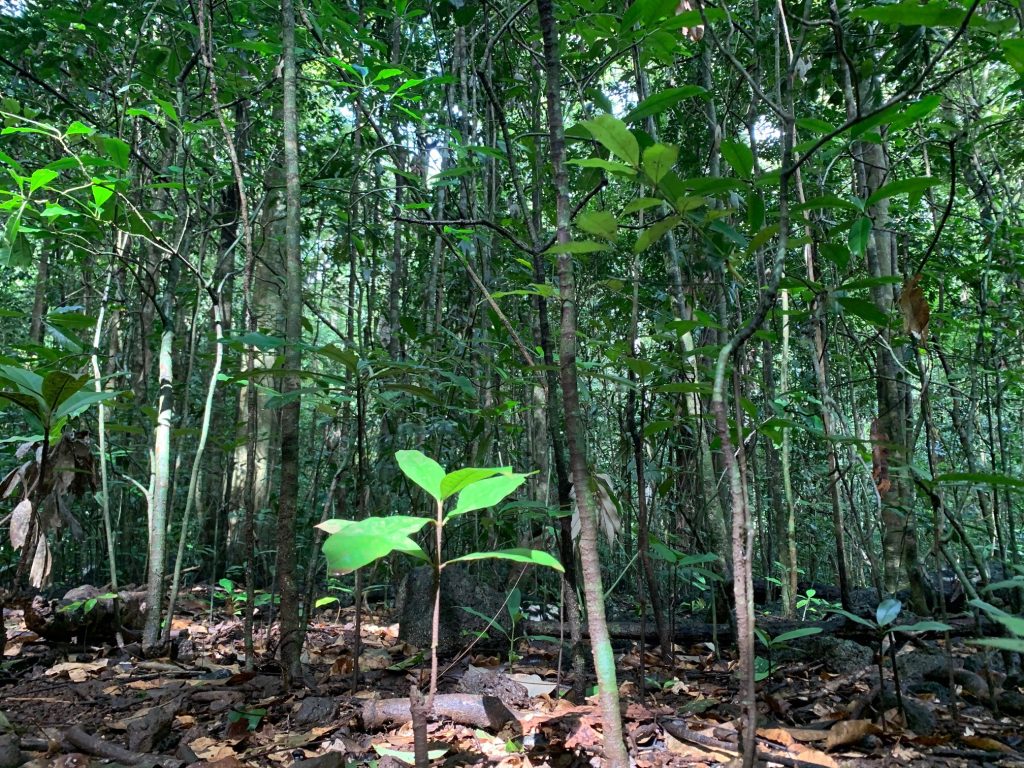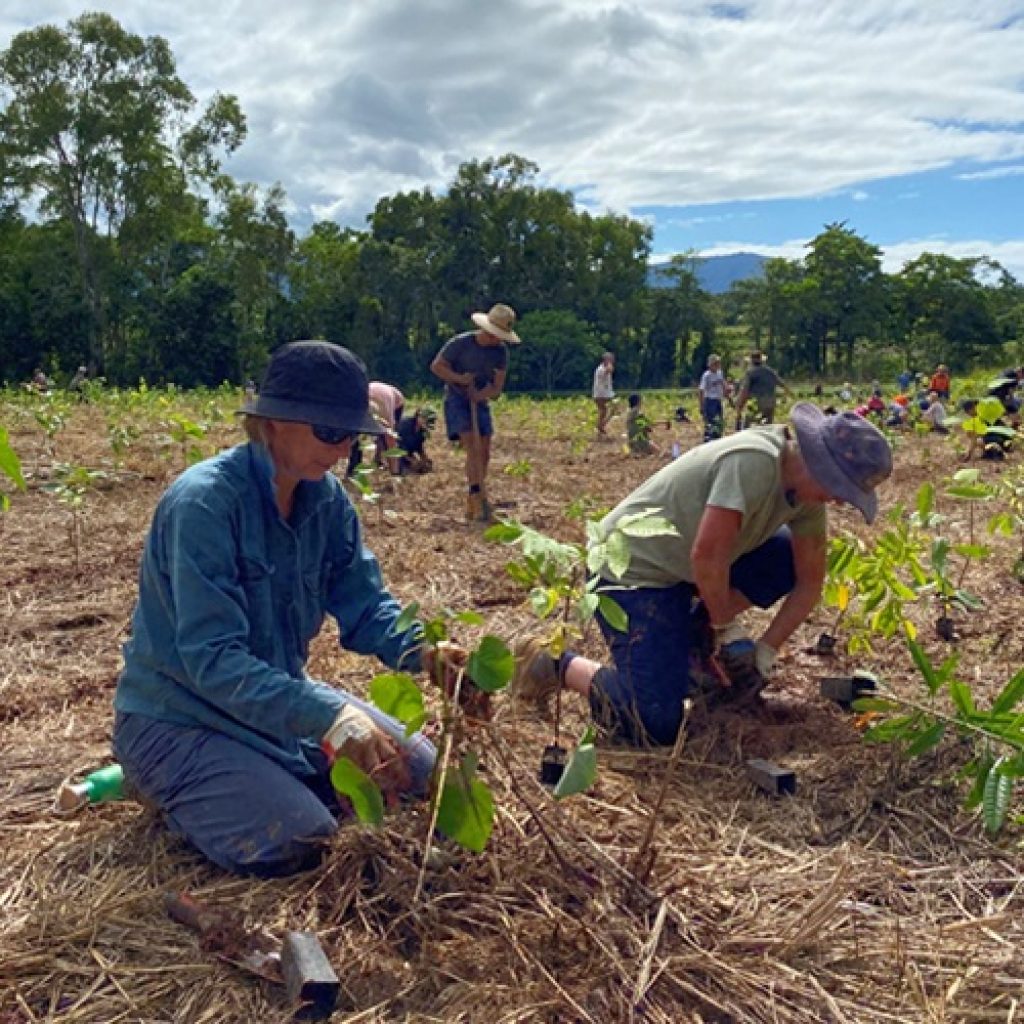STACKING CASSOWARY CREDITS WITH ACCUS
CER ENDORSES CASSOWARY CREDITS FOR STACKING ON ACCU’S
17 JUNE 2025
In a landmark development for environmental markets in Australia, Cassowary Credit projects are now eligible to be stacked with Australian Carbon Credit Unit (ACCU) projects under the Clean Energy Regulator’s framework.
This is the first time a biodiversity credit program has been formally endorsed for project stacking and it means that landholders can generate two separate tradeable credits on the same parcel of land.
What is stacking?
In environmental markets, stacking means generating multiple types of environmental credits from a single project or parcel of land. Each credit type—such as a carbon credit or a biodiversity credit—is measured and issued separately and can be sold independently or as a bundle.
To be eligible, projects must meet strict additionality rules to ensure that each credit type reflects a truly distinct environmental benefit, with no double-counting.
Example: Stacking Cassowary Credits with ACCUs
Let’s walk through how an ACCU project (Australian Carbon Credit Units) can be stacked with a Cassowary Credit project:
1. Register the ACCU project
The landholder first registers an ACCU project using the Reforestation by Environmental and Mallee Planting Methodology with the Clean Energy Regulator. The project must meet all eligibility criteria, including “newness” and additionality.
2. Register the Cassowary Credit project
The same area is then registered under the Rainforest Replanting Methodology in the Cassowary Credit Scheme, managed by Eco-Markets Australia. Again, all eligibility requirements must be met.
3. Start the project
The landholder can then begin on-ground activities, ensuring they meet the requirements for both credit types of schemes.
4. Generate credits
- Carbon credits (ACCUs) are calculated using the FullCAM model.
- Cassowary Credits are issued for additional biodiversity gains, assessed under the Rainforest Replanting Methodology.

Ensuring Additionality for Biodiversity Credits
Because the ACCU project is registered first, any biodiversity benefits it creates must be considered in the Cassowary Credit assessment. To ensure additionality:
- The project must deliver extra biodiversity outcomes beyond those already achieved through the ACCU project—such as planting more native species or achieving higher plant diversity.
- These biodiversity outcomes from the ACCU project are excluded from the Cassowary Credit calculation using a method called the counterfactual deduction.
What is a Counterfactual Deduction?
A counterfactual refers to what would have happened if the project had never been implemented.
For stacked projects, this means biodiversity benefits expected from the ACCU project are treated as the “business-as-usual” scenario for the Cassowary Credit project. Those benefits are subtracted from the total measured outcome to avoid double-counting.
Example:
If planting trees under an ACCU project already improves habitat condition, that benefit is not counted again when calculating Cassowary Credits. Instead, a deduction is made to ensure that only the additional biodiversity gain is credited.
Why It Matters
Stacked crediting offers landholders more opportunities to participate in environmental markets and receive fair compensation for delivering both carbon and biodiversity outcomes. But it also comes with the responsibility of ensuring transparency, integrity, and rigorous accounting. The use of counterfactual scenarios and strict additionality rules ensures that each credit represents a genuine, measurable benefit to the environment.
For more information, visit: www.cassowarycredits.com.au
RELATED NEWS
Amazon Frogbit
 admin@terrain
admin@terrain
 October 20, 2025
October 20, 2025
Climate Resilience for Biodiversity
 admin@terrain
admin@terrain
 October 16, 2025
October 16, 2025
Green Connections Grants
 admin@terrain
admin@terrain
 October 13, 2025
October 13, 2025






























